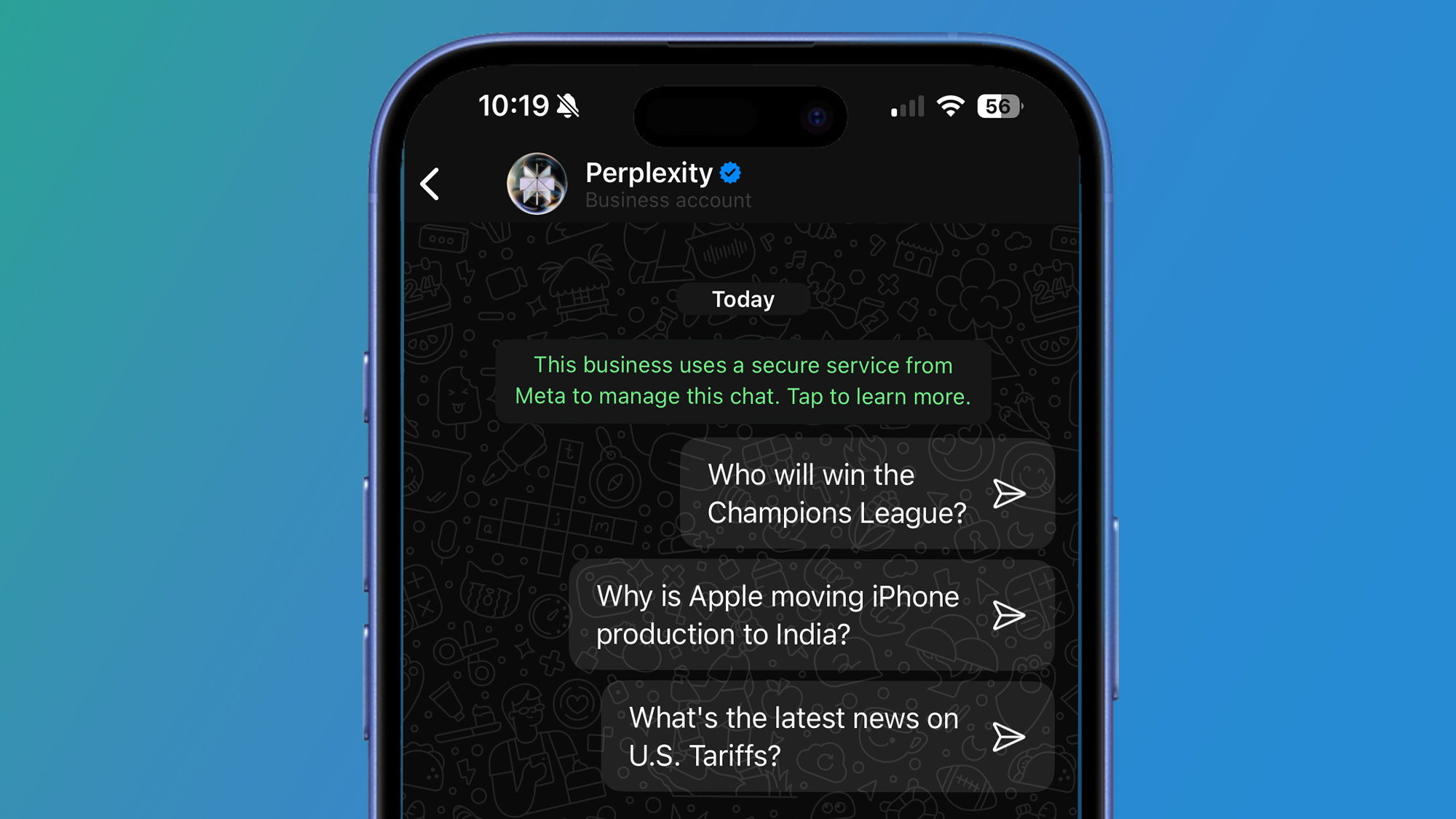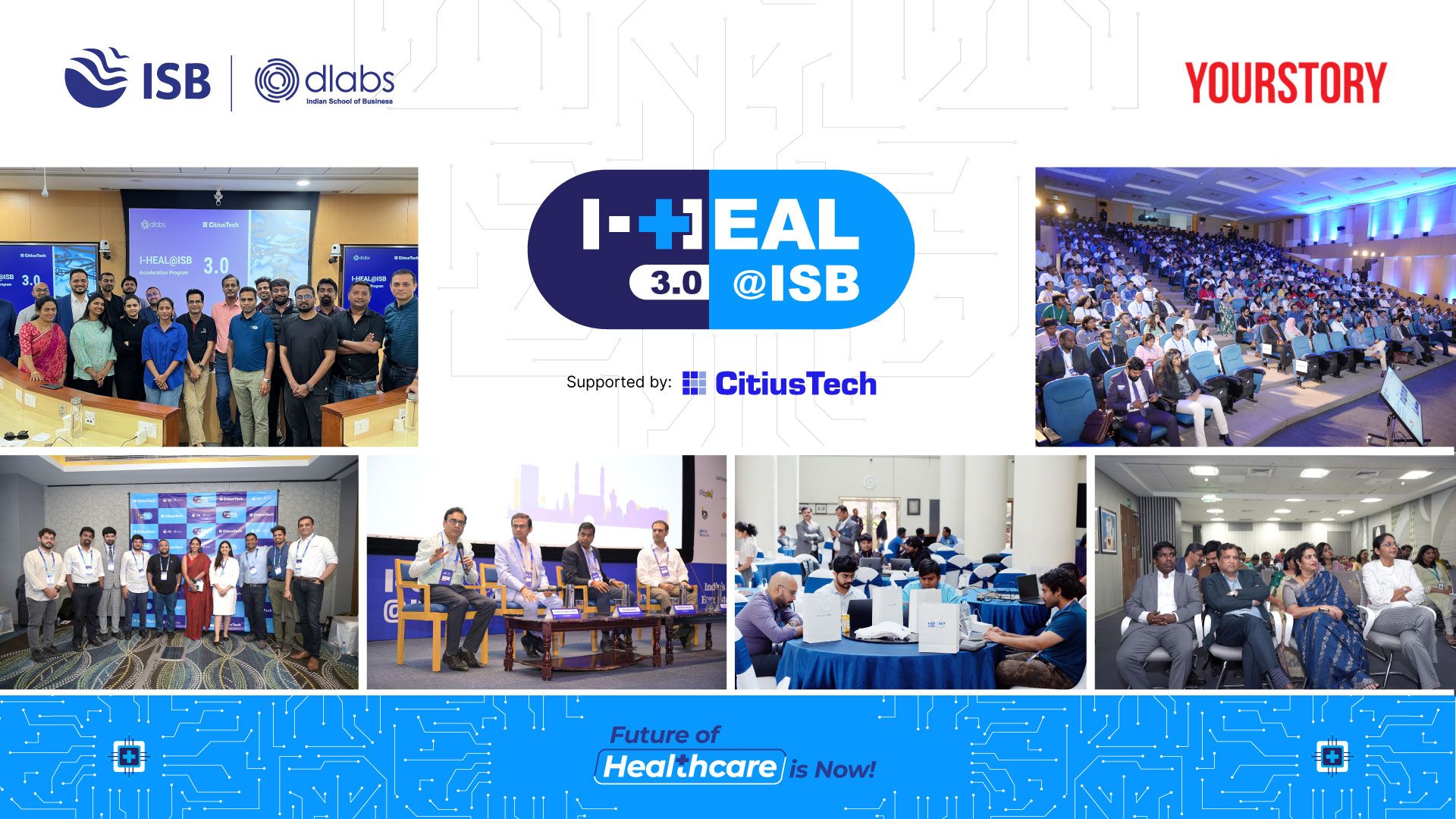The Hidden Costs of Manual Patient Data Entry (And How to Eliminate Them)
Every day, healthcare professionals spend hours typing patient information into computers. This tedious task costs more than most people realize. In fact, modern healthcare automation solutions estimate that manual data entry consumes up to 34% of a clinician's workday—time that could be spent caring for patients. The Financial Impact The costs of manual data entry go far beyond frustration. They affect a healthcare organization's bottom line in several ways: 1. Wasted Clinician Time Doctors earn an average of $150 per hour, while nurses earn around $40 per hour. When these highly trained professionals spend 2-3 hours daily on data entry: A single doctor's wasted time costs over $100,000 annually A 20-physician practice loses over $2 million per year to data entry A typical hospital diverts millions of dollars from patient care to paperwork Dr. James Wilson, a family physician, puts it bluntly: "I didn't go to medical school for 11 years to spend half my day typing." 2. Reduced Patient Volume When clinicians spend time on data entry, they see fewer patients. A 2023 study published in the Journal of Healthcare Management found that physicians who use manual data entry see approximately 10-12 patients per day, while those using automated systems can comfortably see 16-18 patients. For a primary care practice, this difference represents: 25-30% more patients receiving care Significantly increased revenue Shorter wait times for appointments 3. Data Entry Errors Humans make mistakes, especially when performing repetitive tasks while rushed. The cost of medical errors related to incorrect data entry is staggering: A single medication error costs a hospital an average of $8,000 Billing errors result in about 30% of claims being denied initially Incorrect information leads to unnecessary tests and procedures "We once had a patient receive the wrong medication because someone mistyped a dosage in the system," explains Sarah Johnson, a hospital administrator. "The resulting complications cost over $25,000 to address—and put the patient through needless suffering." 4. Staff Burnout and Turnover Perhaps the most significant hidden cost is the toll on healthcare workers. According to a 2024 survey by the American Medical Association, 63% of physicians cite paperwork and data entry as major contributors to burnout. When healthcare professionals burn out: Turnover rates increase (replacing a physician costs $250,000-$1 million) Quality of care decreases Patient satisfaction scores drop More errors occur The Patient Experience Impact These costs don't just affect healthcare organizations—they harm patients too: Doctors spend more time looking at screens than at patients Important conversations get cut short Wait times for appointments increase Care quality suffers "I can always tell when my doctor is rushing to catch up on charting," says Michael Chen, a patient with a chronic condition. "They're not fully present, and I don't feel heard." How to Eliminate These Costs The solution lies in patient care automation technology that reduces or eliminates manual data entry. Here's how modern systems solve each problem: 1. Automated Transcription and Documentation AI-powered systems can: Listen to patient-provider conversations Generate accurate clinical notes automatically Identify key information without manual typing Allow doctors to make quick edits rather than creating documents from scratch Memorial Hospital implemented such a system and reduced documentation time by 67%, giving clinicians back nearly 2 hours daily. 2. Smart EHR Integration Advanced systems don't just create documentation—they put information where it belongs: Patient histories flow directly into the right EHR fields Medication lists update automatically Billing codes generate based on the visit Lab and imaging orders transmit electronically "Instead of typing the same information into multiple screens, everything now flows automatically," explains Dr. Lisa Rodriguez. "I approve the final notes with a few clicks." 3. Patient Data Automation The most effective systems extend beyond the exam room: Patient intake forms digitize automatically Insurance cards scan directly into the system Previous records integrate seamlessly Prescription refill requests process without manual entry 4. Continuous Improvement Through Analytics Unlike manual processes, automated systems get better over time: They learn provider preferences They adapt to specialty-specific terminology They identify patterns to improve efficiency They generate insights from collected data Real Results Healthcare organizations implementing automation see measurable improvements: Beth Israel Deaconess Medical Center reduced documentation time by 72% Atrius Health increased patient visits by 20% with the same staff Commun

Every day, healthcare professionals spend hours typing patient information into computers. This tedious task costs more than most people realize. In fact, modern healthcare automation solutions estimate that manual data entry consumes up to 34% of a clinician's workday—time that could be spent caring for patients.
The Financial Impact
The costs of manual data entry go far beyond frustration. They affect a healthcare organization's bottom line in several ways:
1. Wasted Clinician Time
Doctors earn an average of $150 per hour, while nurses earn around $40 per hour. When these highly trained professionals spend 2-3 hours daily on data entry:
- A single doctor's wasted time costs over $100,000 annually
- A 20-physician practice loses over $2 million per year to data entry
- A typical hospital diverts millions of dollars from patient care to paperwork
Dr. James Wilson, a family physician, puts it bluntly: "I didn't go to medical school for 11 years to spend half my day typing."
2. Reduced Patient Volume
When clinicians spend time on data entry, they see fewer patients.
A 2023 study published in the Journal of Healthcare Management found that physicians who use manual data entry see approximately 10-12 patients per day, while those using automated systems can comfortably see 16-18 patients.
For a primary care practice, this difference represents:
- 25-30% more patients receiving care
- Significantly increased revenue
- Shorter wait times for appointments
3. Data Entry Errors
Humans make mistakes, especially when performing repetitive tasks while rushed.
The cost of medical errors related to incorrect data entry is staggering:
- A single medication error costs a hospital an average of $8,000
- Billing errors result in about 30% of claims being denied initially
- Incorrect information leads to unnecessary tests and procedures
"We once had a patient receive the wrong medication because someone mistyped a dosage in the system," explains Sarah Johnson, a hospital administrator. "The resulting complications cost over $25,000 to address—and put the patient through needless suffering."
4. Staff Burnout and Turnover
Perhaps the most significant hidden cost is the toll on healthcare workers.
According to a 2024 survey by the American Medical Association, 63% of physicians cite paperwork and data entry as major contributors to burnout. When healthcare professionals burn out:
- Turnover rates increase (replacing a physician costs $250,000-$1 million)
- Quality of care decreases
- Patient satisfaction scores drop
- More errors occur
The Patient Experience Impact
These costs don't just affect healthcare organizations—they harm patients too:
- Doctors spend more time looking at screens than at patients
- Important conversations get cut short
- Wait times for appointments increase
- Care quality suffers
"I can always tell when my doctor is rushing to catch up on charting," says Michael Chen, a patient with a chronic condition. "They're not fully present, and I don't feel heard."
How to Eliminate These Costs
The solution lies in patient care automation technology that reduces or eliminates manual data entry. Here's how modern systems solve each problem:
1. Automated Transcription and Documentation
AI-powered systems can:
- Listen to patient-provider conversations
- Generate accurate clinical notes automatically
- Identify key information without manual typing
- Allow doctors to make quick edits rather than creating documents from scratch
Memorial Hospital implemented such a system and reduced documentation time by 67%, giving clinicians back nearly 2 hours daily.
2. Smart EHR Integration
Advanced systems don't just create documentation—they put information where it belongs:
- Patient histories flow directly into the right EHR fields
- Medication lists update automatically
- Billing codes generate based on the visit
- Lab and imaging orders transmit electronically
"Instead of typing the same information into multiple screens, everything now flows automatically," explains Dr. Lisa Rodriguez. "I approve the final notes with a few clicks."
3. Patient Data Automation
The most effective systems extend beyond the exam room:
- Patient intake forms digitize automatically
- Insurance cards scan directly into the system
- Previous records integrate seamlessly
- Prescription refill requests process without manual entry
4. Continuous Improvement Through Analytics
Unlike manual processes, automated systems get better over time:
- They learn provider preferences
- They adapt to specialty-specific terminology
- They identify patterns to improve efficiency
- They generate insights from collected data
Real Results
Healthcare organizations implementing automation see measurable improvements:
- Beth Israel Deaconess Medical Center reduced documentation time by 72%
- Atrius Health increased patient visits by 20% with the same staff
- Community Health Network cut data entry errors by 83%
- Cleveland Clinic reduced clinician burnout scores by 29%
Getting Started
Transitioning away from manual data entry doesn't happen overnight, but the process is straightforward:
- Assess your current workflows to identify the biggest time-wasters
- Start with a pilot program in one department
- Measure results and gather feedback
- Expand to other areas once proven successful
The investment pays for itself quickly through increased efficiency, reduced errors, and improved staff satisfaction.
"We recovered our initial investment in just seven months," says James Thompson, CEO of a mid-sized medical group. "But the real value is in having our clinicians engaging with patients instead of keyboards."
For healthcare organizations looking to eliminate the hidden costs of manual data entry, explore comprehensive healthcare automation tools that can transform your workflow while improving both provider satisfaction and patient care.







































































































































































![[The AI Show Episode 145]: OpenAI Releases o3 and o4-mini, AI Is Causing “Quiet Layoffs,” Executive Order on Youth AI Education & GPT-4o’s Controversial Update](https://www.marketingaiinstitute.com/hubfs/ep%20145%20cover.png)














































































































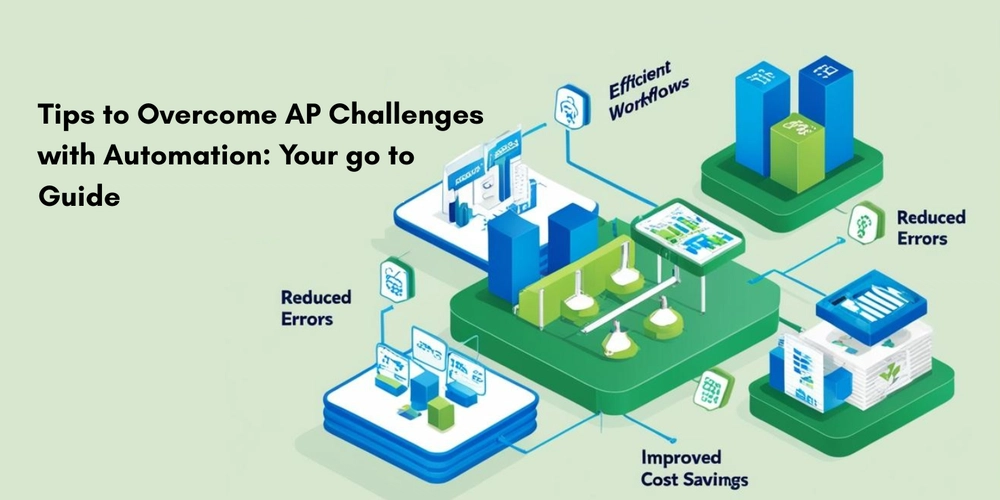
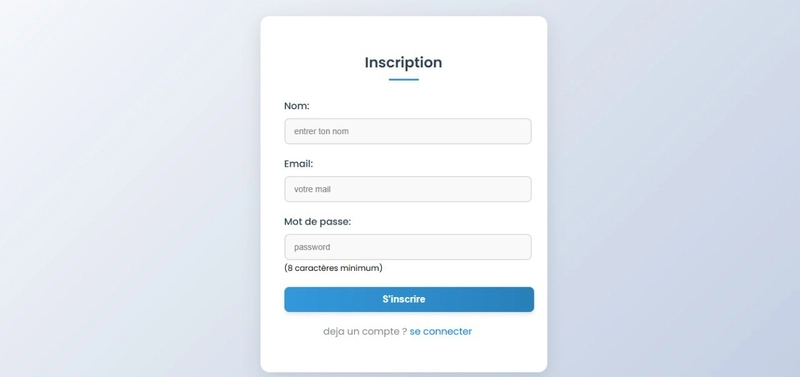




























































_XFkvNLu.png?width=1920&height=1920&fit=bounds&quality=70&format=jpg&auto=webp#)














































































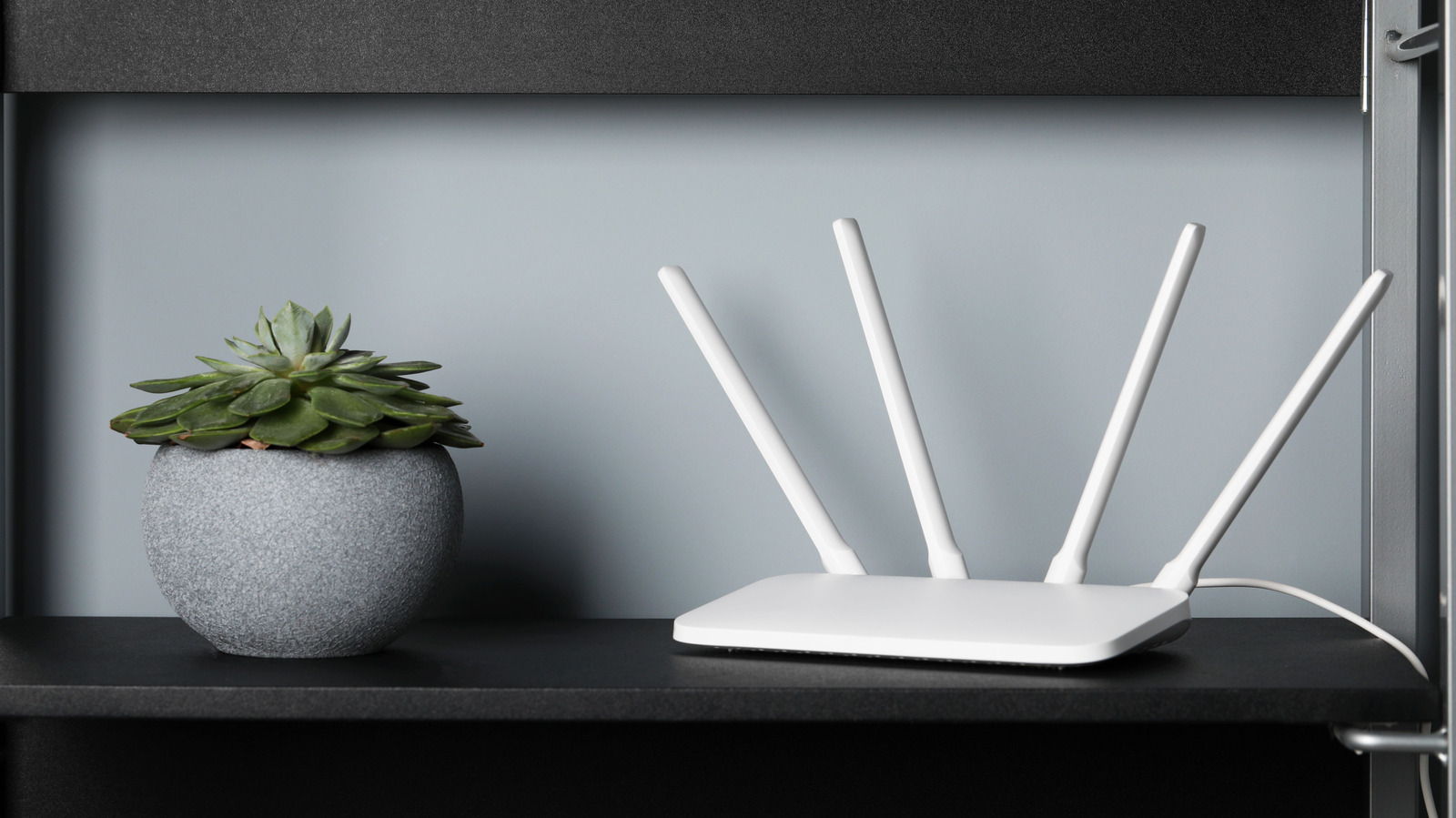












_Tanapong_Sungkaew_via_Alamy.jpg?width=1280&auto=webp&quality=80&disable=upscale#)
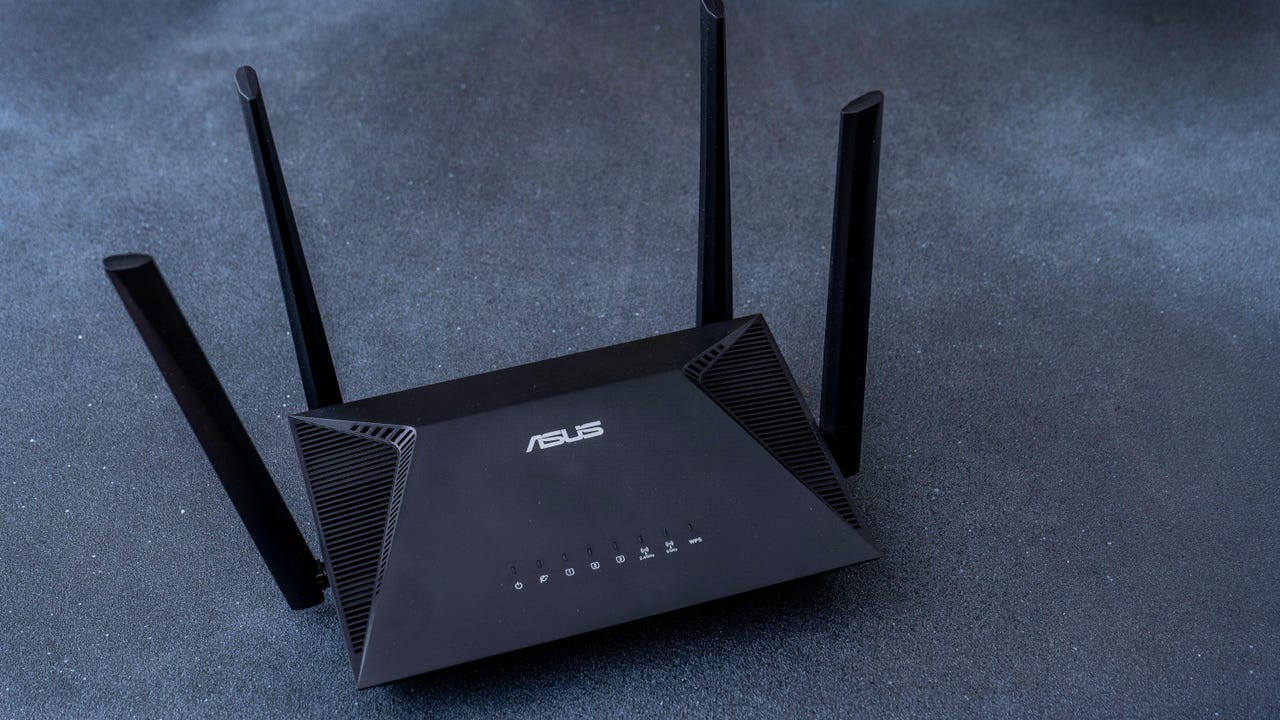



































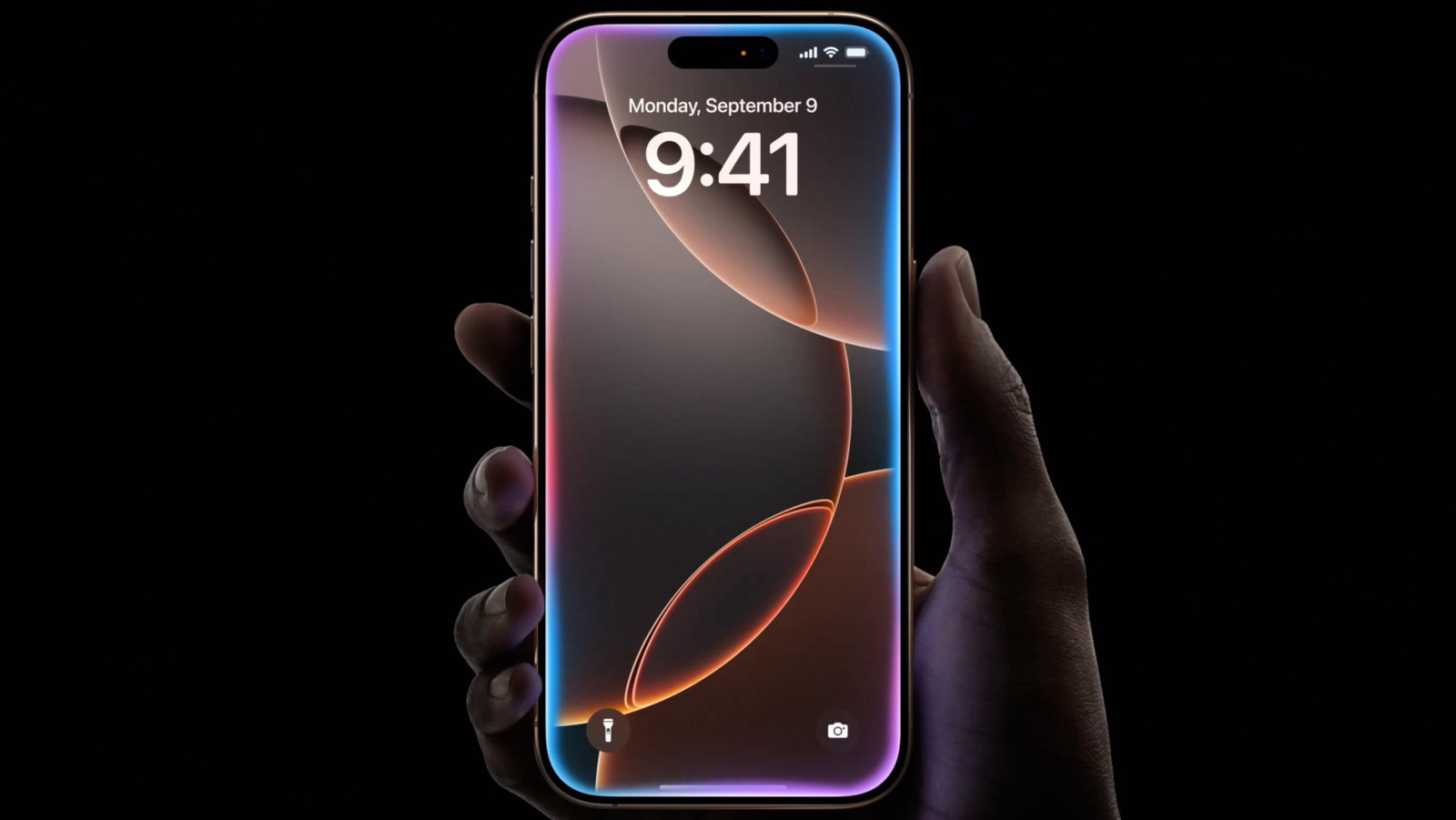















































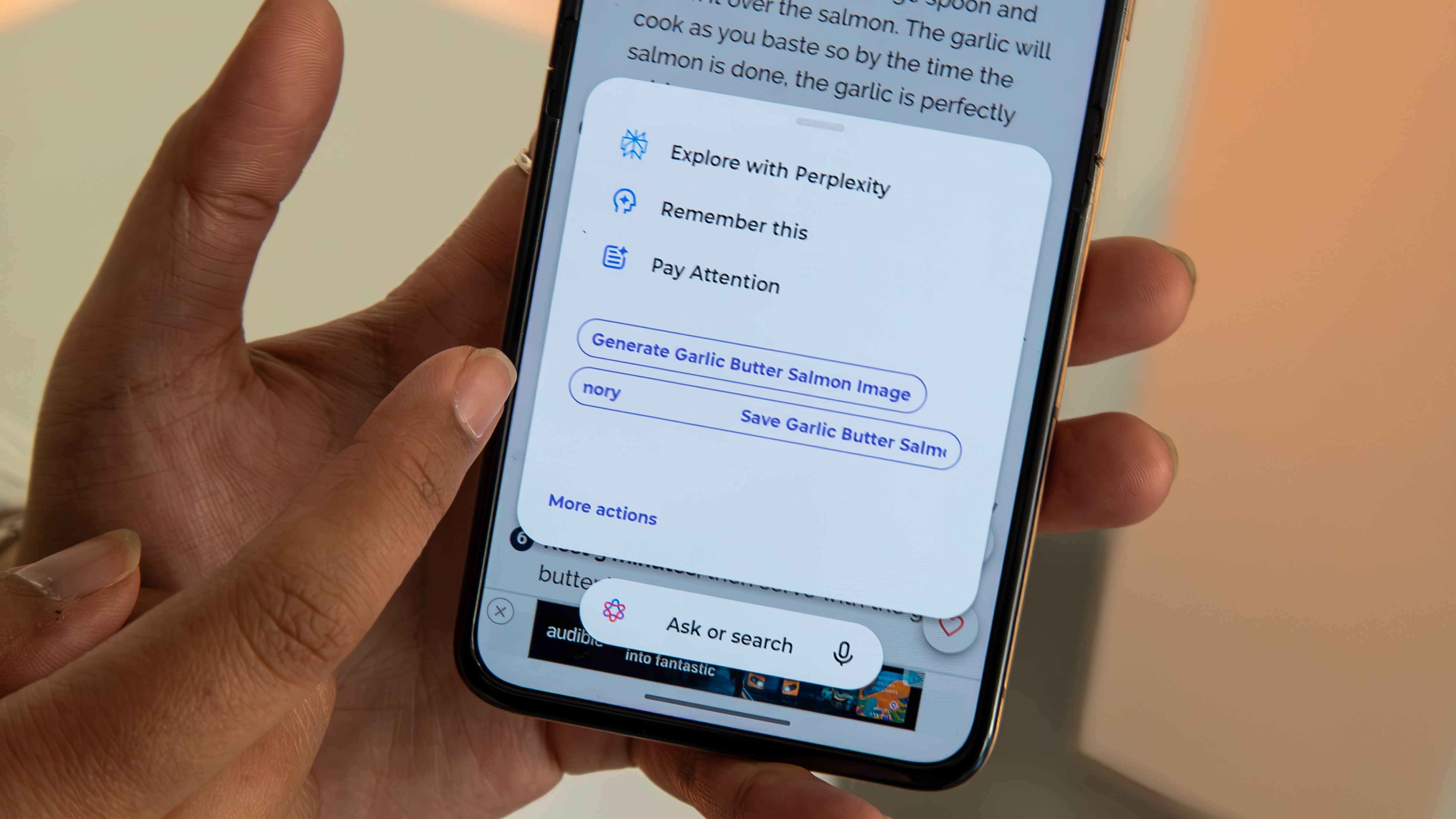
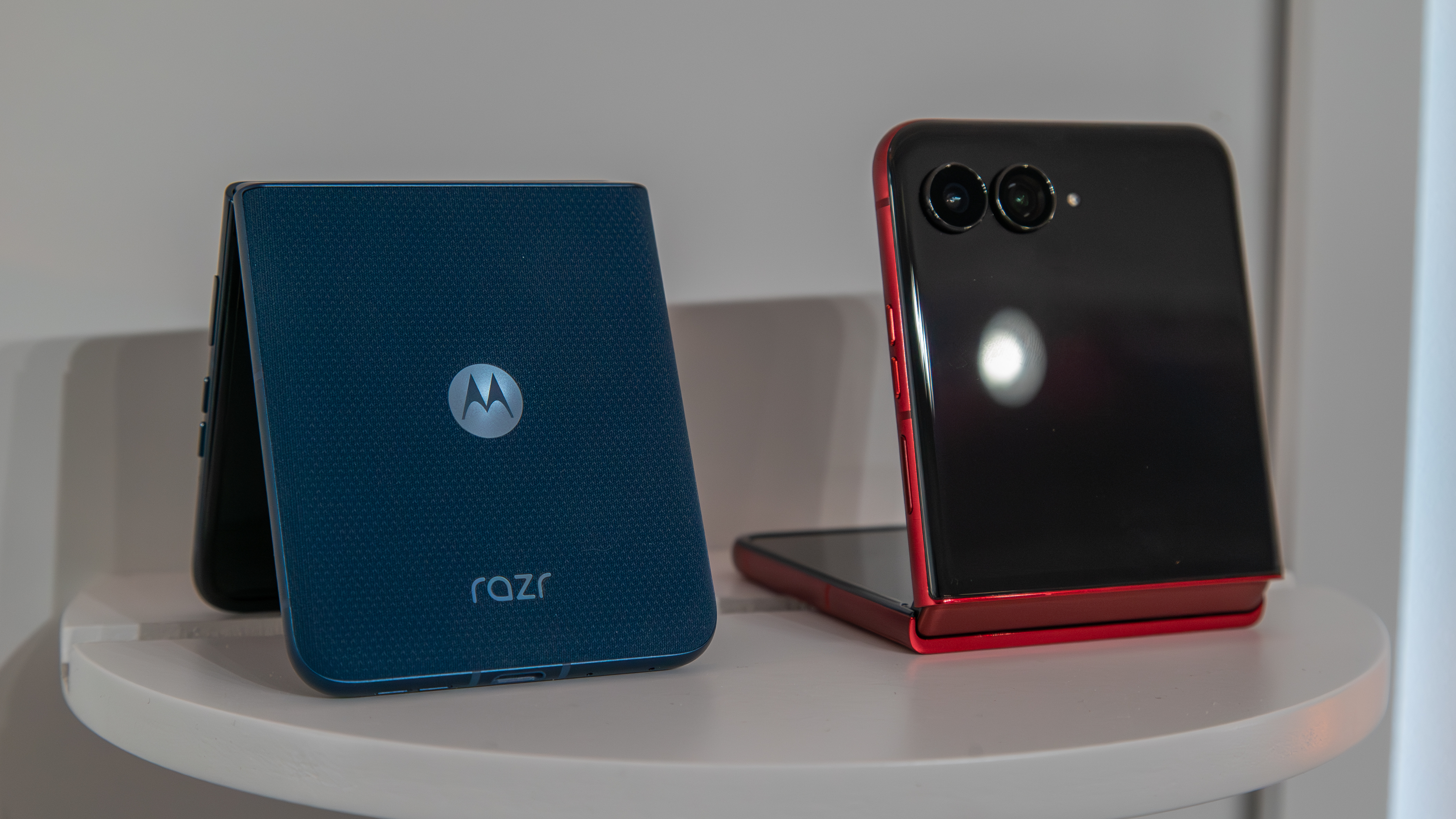



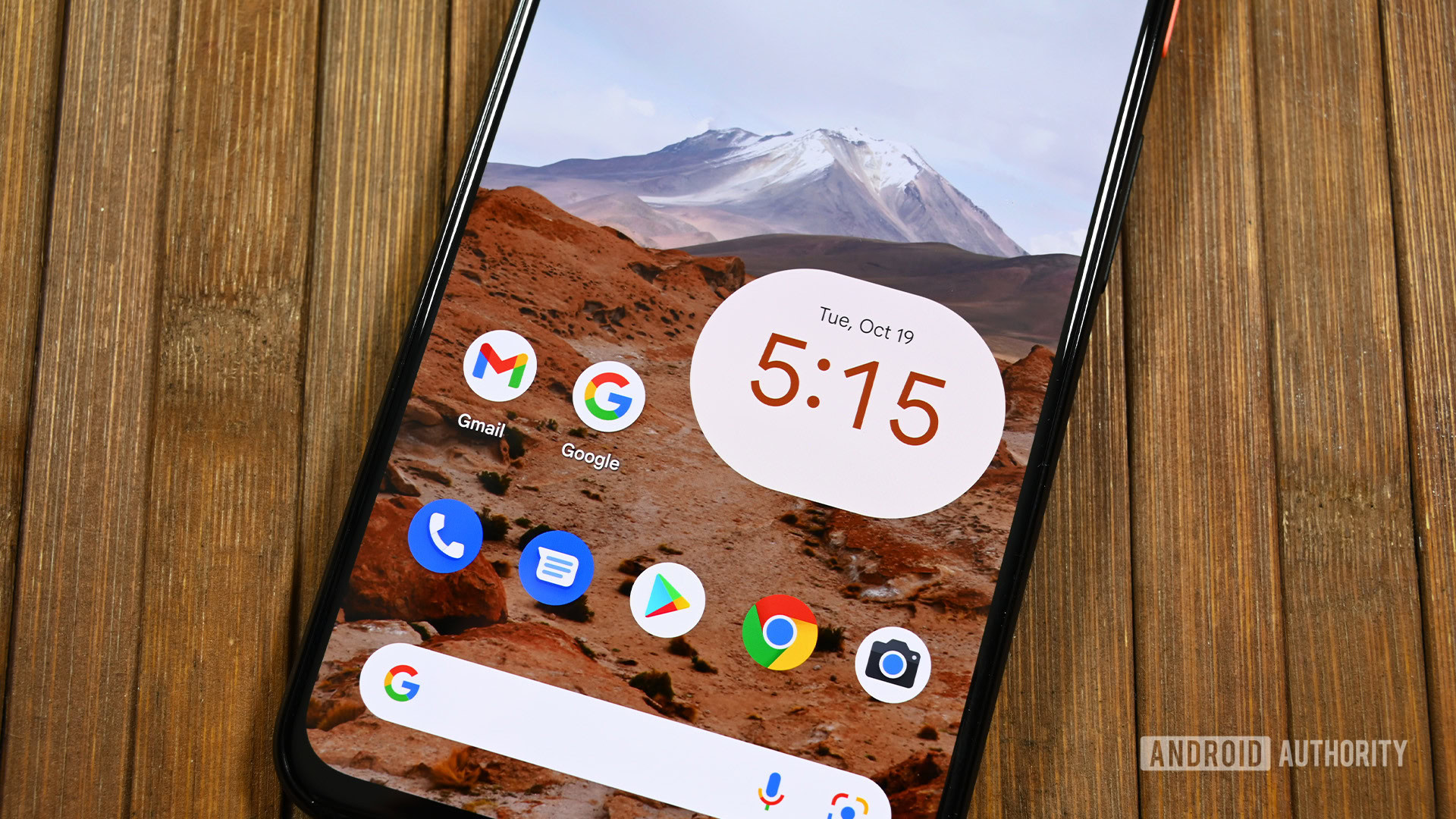















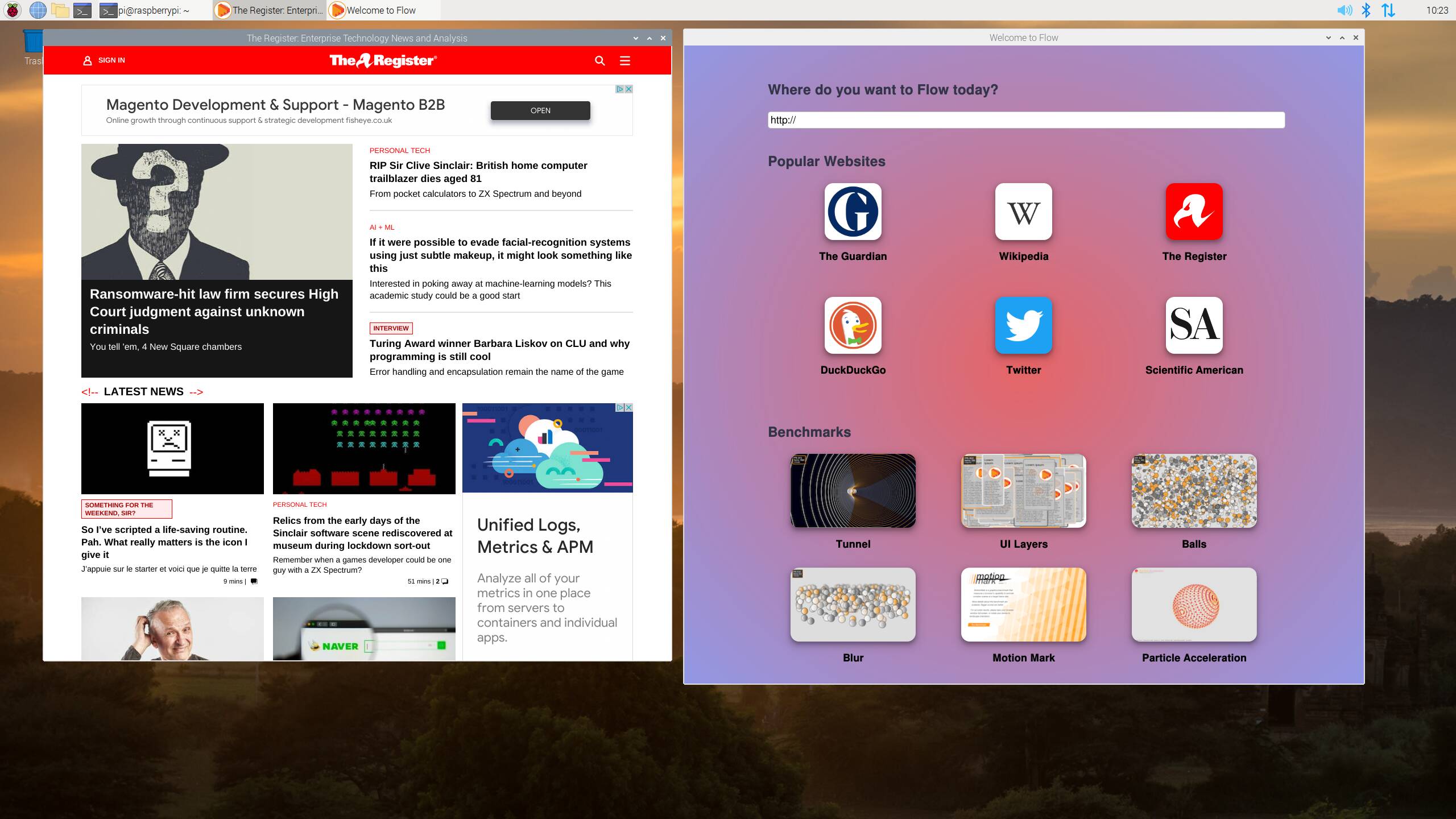



![Apple Restructures Global Affairs and Apple Music Teams [Report]](https://www.iclarified.com/images/news/97162/97162/97162-640.jpg)
![New iPhone Factory Goes Live in India, Another Just Days Away [Report]](https://www.iclarified.com/images/news/97165/97165/97165-640.jpg)




















